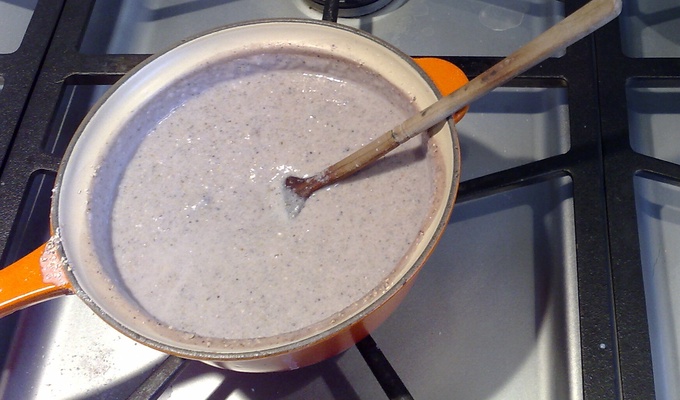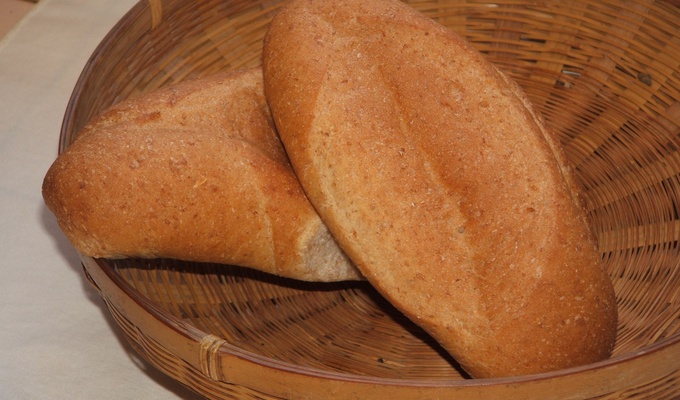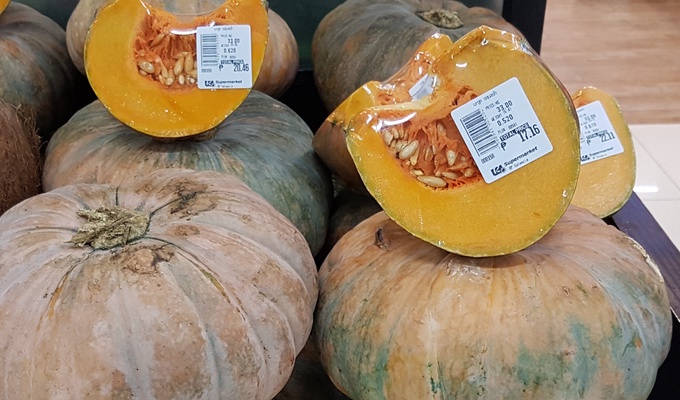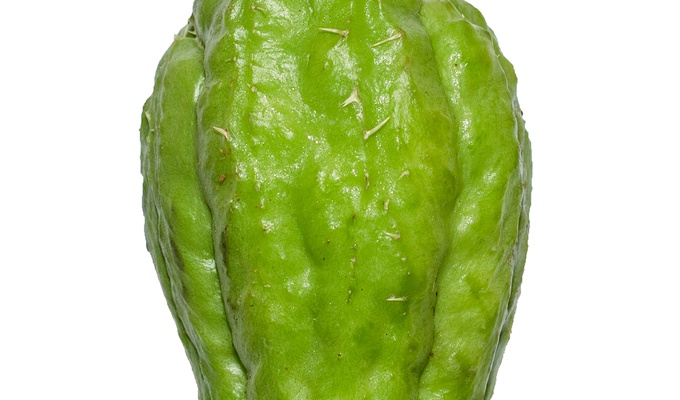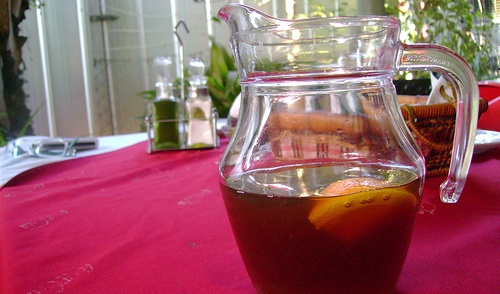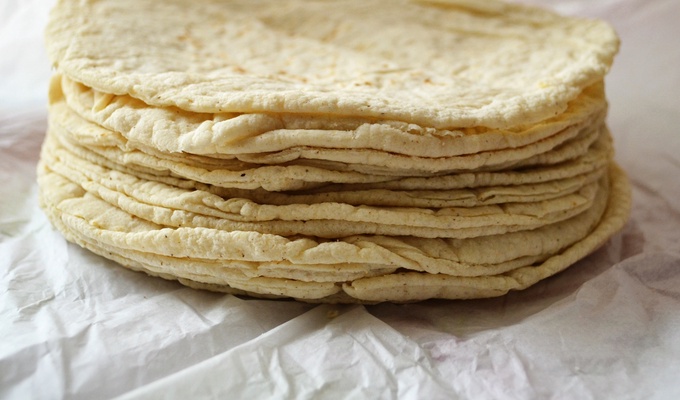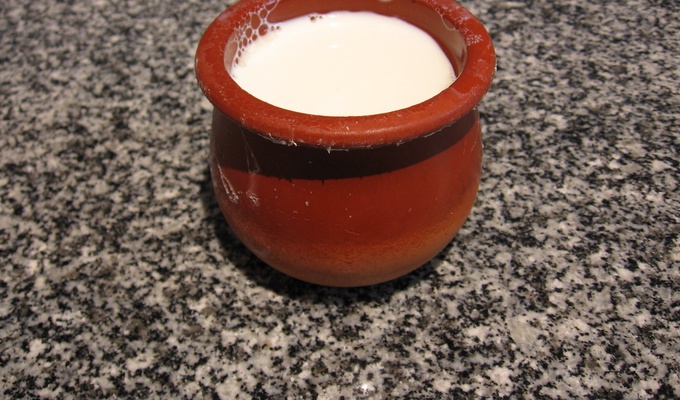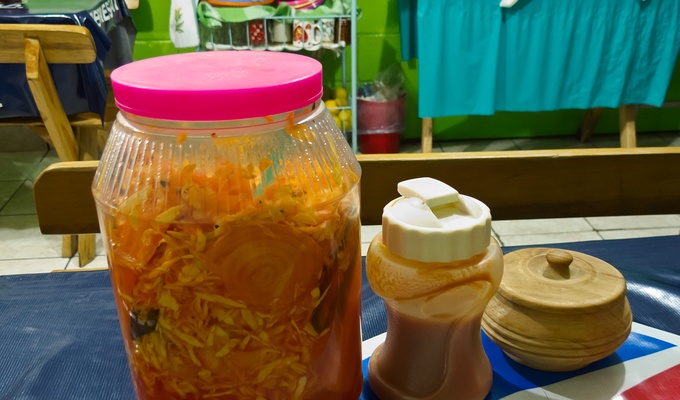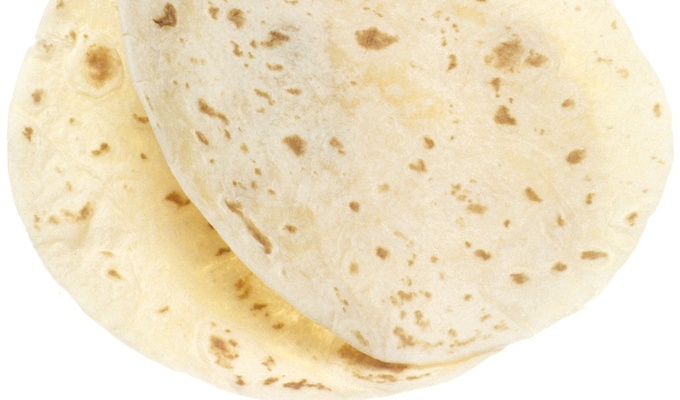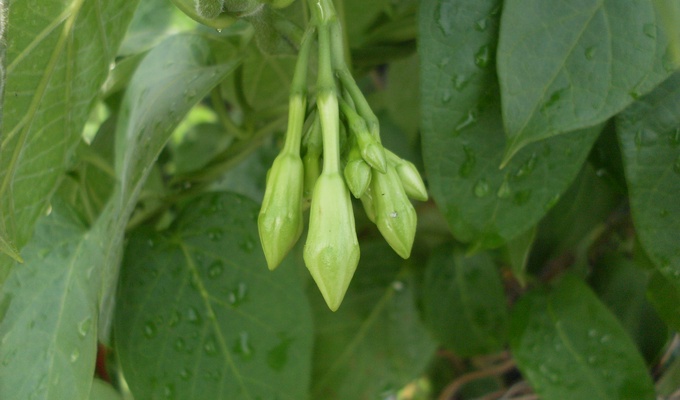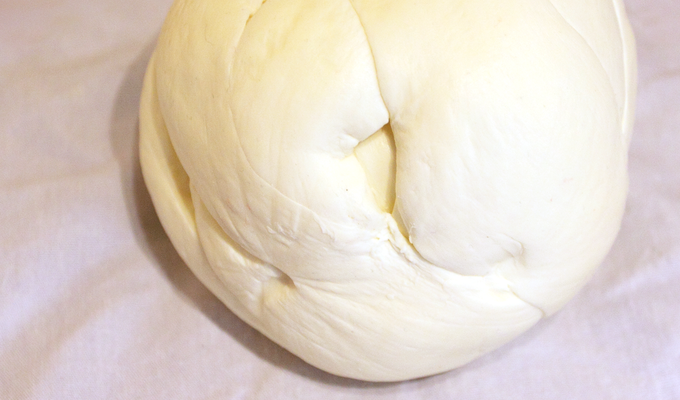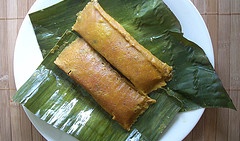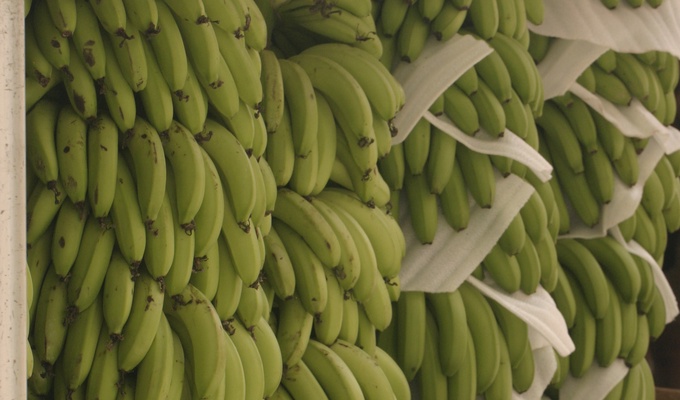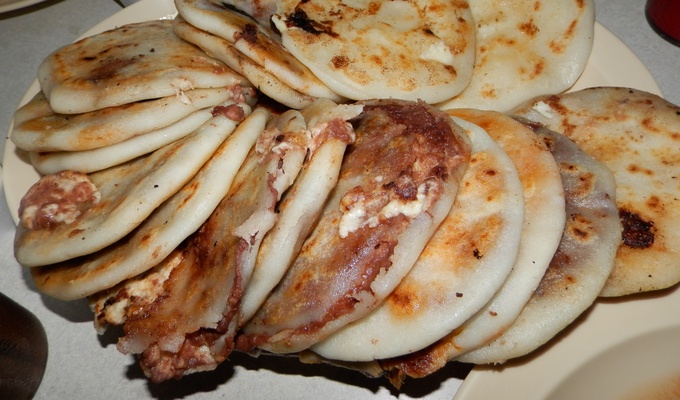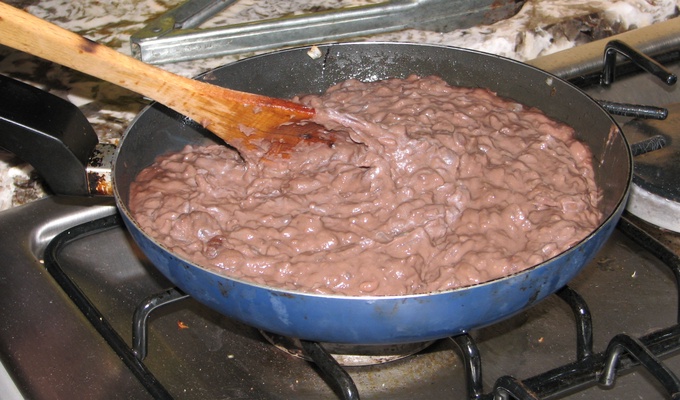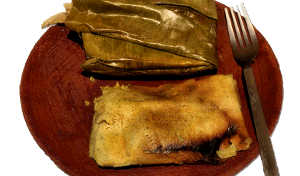Salvadoran cuisine is a style of cooking derived from the nation of El Salvador. The indigenous foods consist of a mix of Native American cuisine from groups such as the Lenca, Pipil, Maya Poqomam, Maya Chʼortiʼ, Alaguilac, Mixe, and Cacaopera peoples. Many of the dishes are made with maize . There is also heavy use of pork and seafood. Eurasian ingredients were incorporated after the Spanish conquest.
El Salvador's most notable dish is the pupusa, a thick handmade corn flour or rice flour flatbread stuffed with cheese, chicharrón (cooked pork meat ground to a paste consistency), refried beans or loroco (a vine flower bud native to Central America). There are also vegetarian options, often with ayote (a type of squash) or garlic. Some restaurants even offer pupusas stuffed with shrimp or spinach which are served with salsa roja, a cooked tomato sauce, often served with curtido. Pollo encebollado is another popular Salvadoran dish that contains chicken simmered with onions. Salvadoran cheeses queso duro (hard cheese), queso fresco (fresh cheese), and cuajada are eaten with meals.
Two other typical Salvadoran dishes are yuca frita and panes rellenos. Yuca frita is deep-fried cassava root served with curtido (a pickled cabbage, onion and carrot topping) and chicharron with pepesca (fried baby sardines). The yuca is sometimes served boiled instead of fried. Panes rellenos ("stuffed bread") are warm submarine sandwiches. The turkey or chicken is marinated and then roasted with Pipil spices and hand-pulled. This sandwich is traditionally served with turkey or chicken, tomato, and watercress along with cucumber and cabbage.
Other well-known Salvadoran dishes include carne guisada (saucy beef with potatoes and carrots), lomo entomatado (beef with tomatoes), carne asada (grilled steak, usually served with a type of Salvadoran salsa called chimol), pasteles de carne (meat pies), pollo guisado con hongos (chicken with mushrooms), pacaya planta (palm flowers breaded in cornmeal, fried and served with tomato sauce), pavo salvadoreño (roast turkey with sauce, often eaten for Christmas), ceviche de camarones (lime-cooked shrimp), and pescado empanizado (breaded, fried fish fillets). Salvadorean chorizo is short, fresh (not dried) and tied into twin sausages.
- Typical Salvadoran breakfast: egg, beans, cream, plantain and chorizo
- The pupusa is a Mesoamerican dish of Pipil origin. The oldest direct evidence of pupusa preparations in the world comes from a 1,400-year-old Maya site, Joya de Cerén, in El Salvador.
- Palestinian Salvadoran hummus and pita, Teklebab, Palestinian–Turkish restaurant in Santa Tecla, El Salvador
- Salvadoran style alfajor
- Salvadoran chorizo with lime and a dip
- Yuca is eaten fried or boiled with salads, as a side dish or in yuca frita. As with pupusa consumption, the oldest direct evidence of cassava cultivation comes from Joya de Cerén.
- Loroco is a Mesoamerican plant widely used in Salvadoran dishes such as pupusas
- Yucca flower is a Mesoamerican flower widely used in Salvadoran cuisine. It is often mixed with scrambled eggs or lemon.
- Salvadoran tortillas are a staple of the Salvadoran diet. These are thicker (5 mm) than Mexican tortillas, about 10 cm in diameter.
- Salvadorean-style chorizo
- Alguashte is a seasoning made from ground pumpkin seeds. Alguashte likely has Mayan origins.
- Güisquil filled with melted cheese
